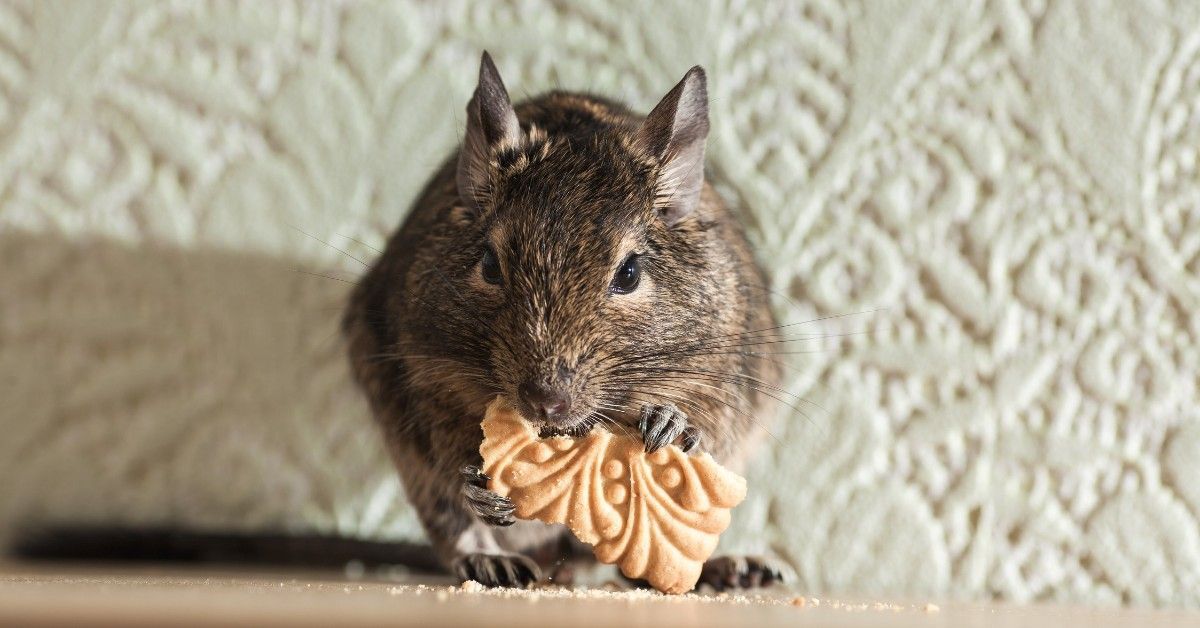In every nook and cranny of urban and rural landscapes, rodents find their way into homes and properties, often leaving a trail of destruction. This becomes a headache for homeowners, property managers, and renters alike.
While traditional methods of dealing with these pests have been around for ages, the concept of Integrated Pest Management (IPM) offers a refreshing and effective approach. With its focus on sustainability and minimal environmental impact, IPM provides a comprehensive strategy to keep rodents at bay.
In this guide, we will explore the intricacies of IPM for rodents, ensuring you're equipped with the knowledge to maintain a rodent-free environment.
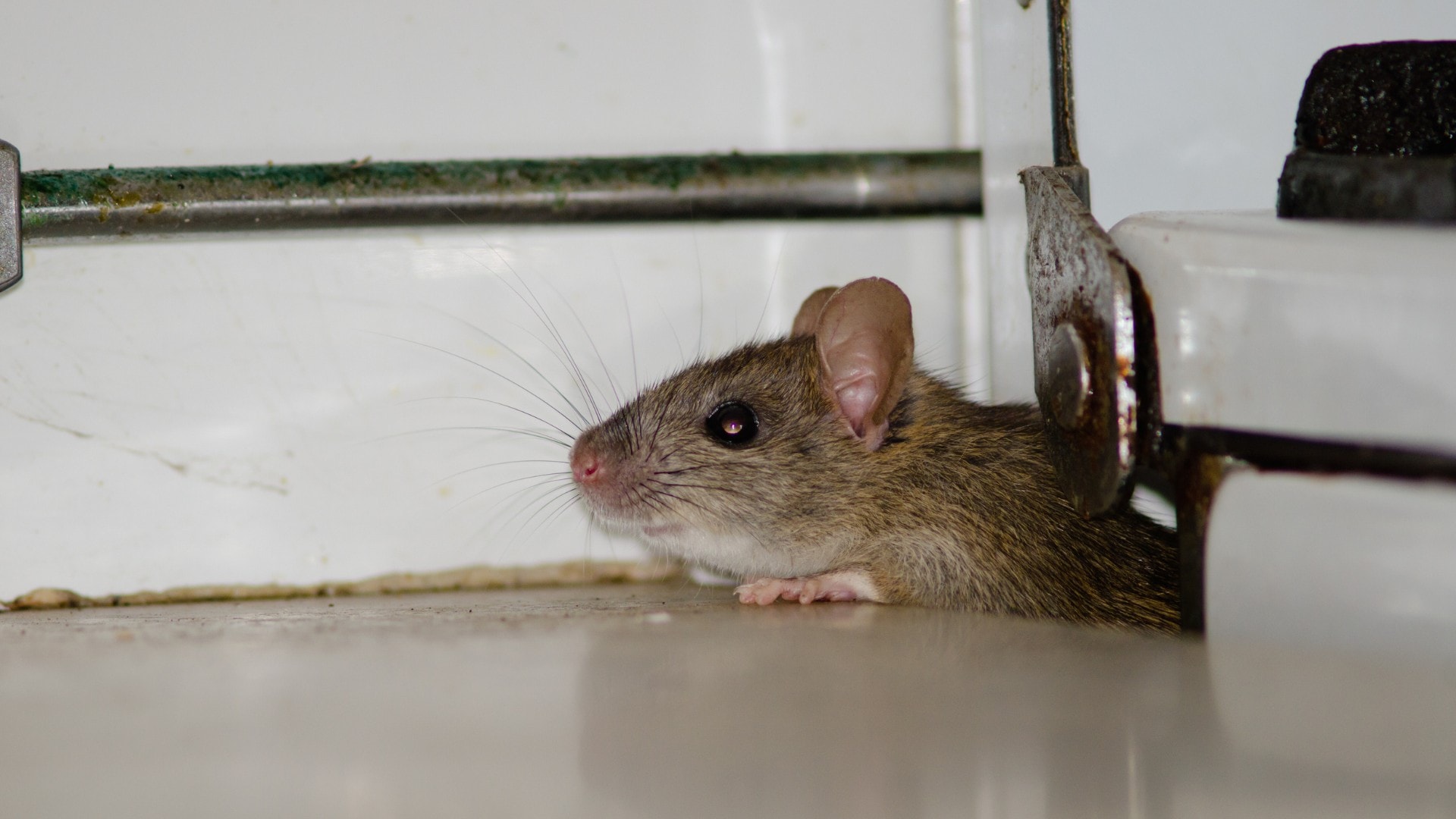
The Basics of Integrated Pest Management and Its Importance
Integrated Pest Management is not just a method for rodent control; it's a philosophy. It involves understanding the ecosystem of pests and using a combination of practices to achieve good rodent management.
The IPM approach concentrates on long-term prevention and is designed to minimize risks to human health and environmental issues. By integrating various management strategies—cultural, physical, and chemical—IPM offers a balanced solution.
Unlike conventional methods that rely heavily on chemicals, IPM emphasizes understanding pest life cycles and their interactions with the environment. This knowledge allows for more strategic interventions that are both effective and environmentally conscious. For homeowners, property managers, and renters, adopting IPM means committing to a more thoughtful and informed approach to pest control.
The importance of IPM in rodent control cannot be overstated. Rodents can spread diseases, damage properties, and contaminate food supplies. With IPM, you have a structured system that not only addresses immediate infestations but also prevents future occurrences, saving time, money, issues with disease control, and resources in the long run.
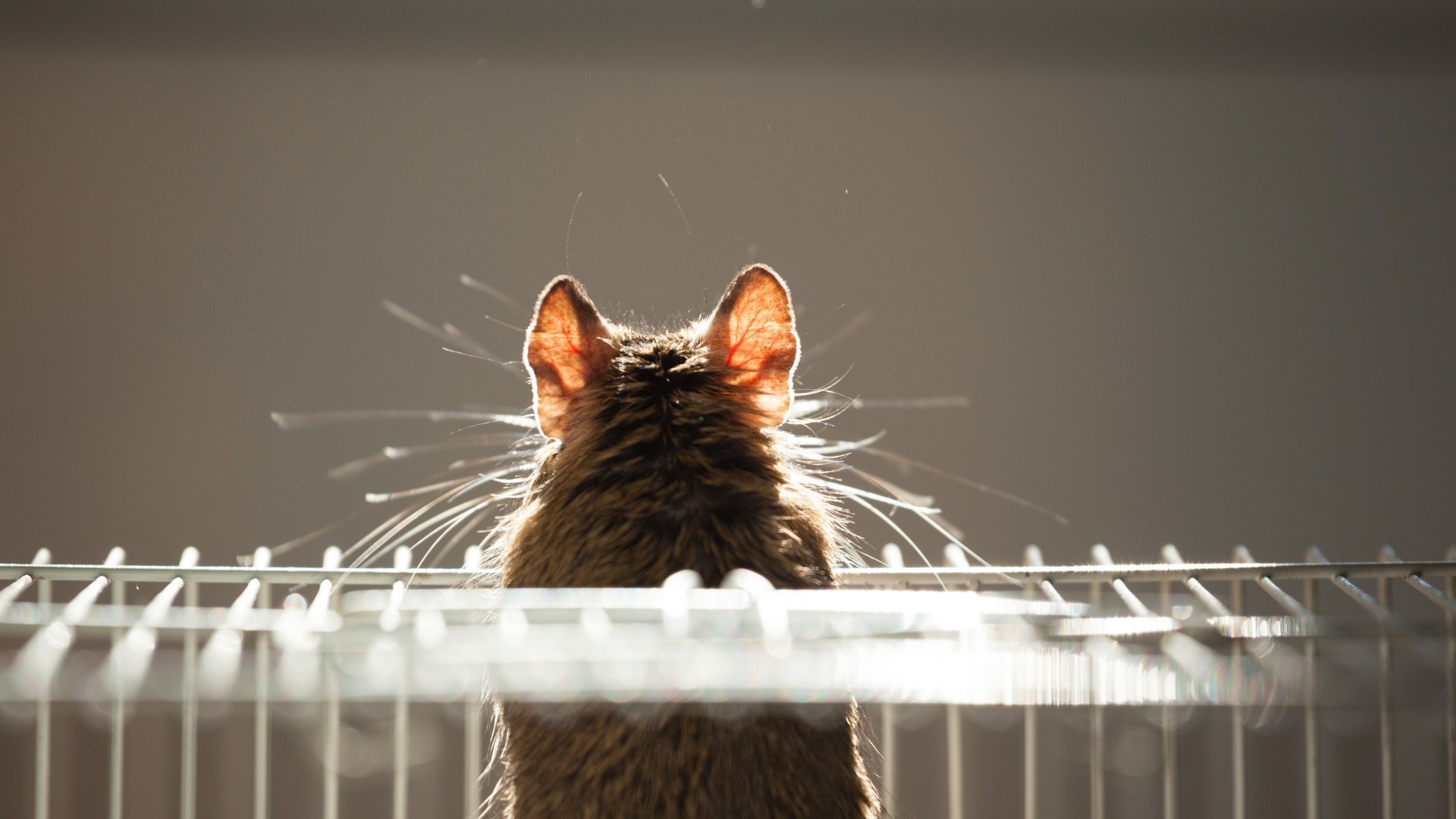
Understanding Rodents
To effectively manage rodents, it's crucial to understand them. Common species like the house mouse and Norway rat have distinct behaviors and preferences. House mice are small, with rounded bodies and large ears, while Norway rats are larger and more robust. Roof rats are somewhere in the middle in terms of size.
Norway rat burrows often extend beyond a home's structure and may contain multiple entrances. House mice typically construct nests in wall voids, attics, and crawl spaces to find a warm place to rest and have babies.
Roof rats tend to nest in high places, such as trees and attics, but may also burrow against hard surfaces, such as where soil and concrete meet. Knowing these differences can help tailor your control strategies.
Rodents are nocturnal creatures and often go unnoticed until they've established themselves. They are agile climbers and can fit through surprisingly small openings, making them adept at finding food, water, and shelter.
Typical signs of a rodent infestation include droppings, gnaw marks, and nesting materials. Recognizing these indications early can prevent a minor issue from becoming a full-blown infestation.
Understanding rodent behavior also involves recognizing their breeding patterns. Both mice and rats breed rapidly, with females capable of producing multiple litters annually. This rapid reproduction rate makes early detection and intervention critical to mice and rat control.
By understanding these creatures, you can better anticipate their actions and implement effective control measures.
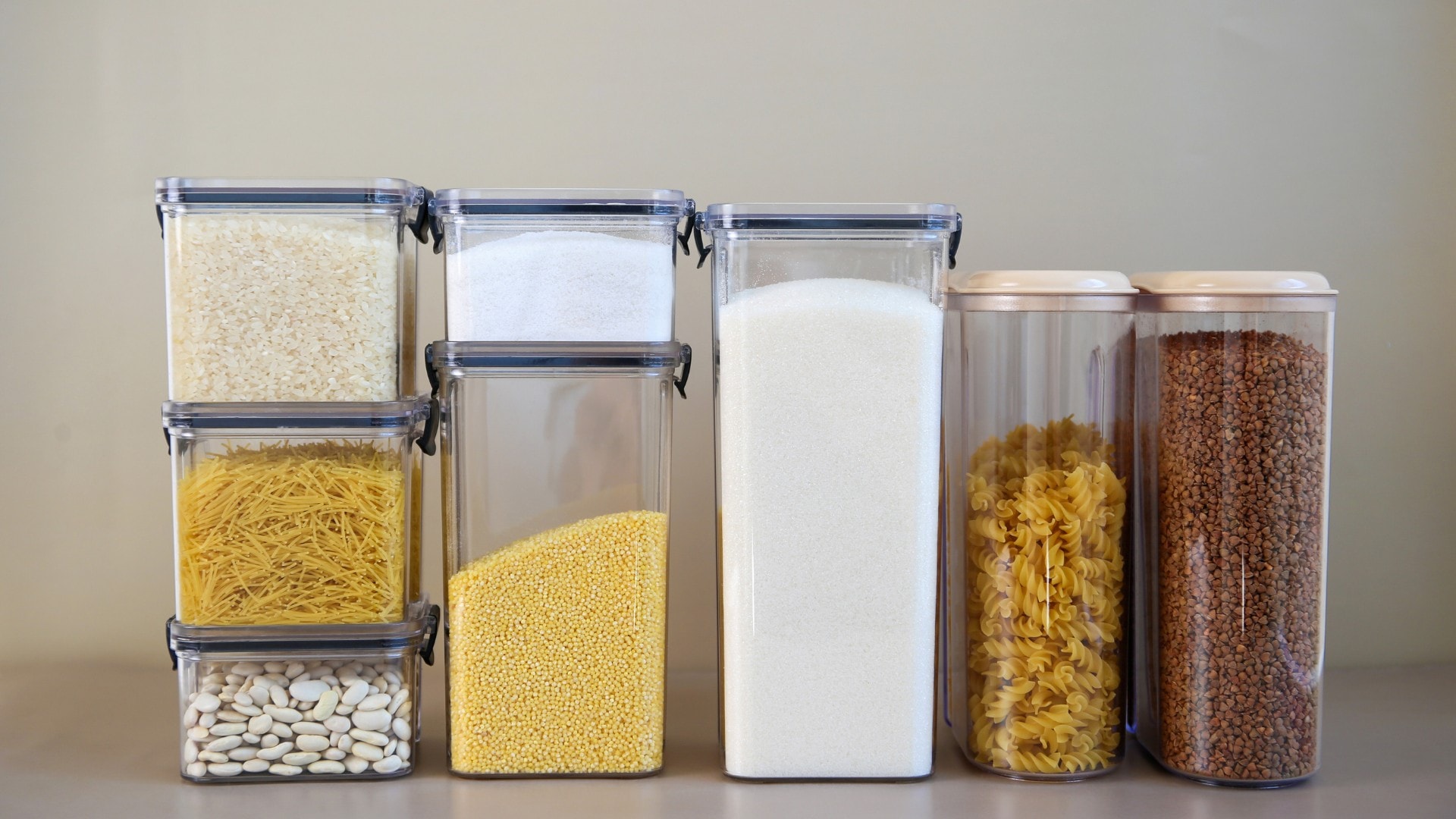
Sturdy food storage containers are an excellent way to deprive rodents of a food source.
Cultural Control Measures and Sanitation
Cultural control measures are the first line of defense in an IPM program. By altering the environment to make it less hospitable, you can significantly reduce rodent populations and achieve rat and mouse control. This starts with sanitation—keeping areas clean and free of debris that can provide food and shelter for rodents.
Ensure all food is stored in sealed containers, and promptly clean up spills and crumbs. Regularly dispose of garbage and keep outdoor trash bins covered.
Reducing clutter both inside and outside the home can eliminate potential nesting sites. Keep gardens and yards tidy, trimming back overgrown vegetation where rodents may hide.
Sanitation extends to water sources as well. Fix leaky pipes and faucets, and ensure that gutters and drainage systems are functioning properly.
Rodents need water to survive, and denying them access is a key step in controlling their presence. By maintaining high sanitation standards, you create an environment that is unappealing to rodents.
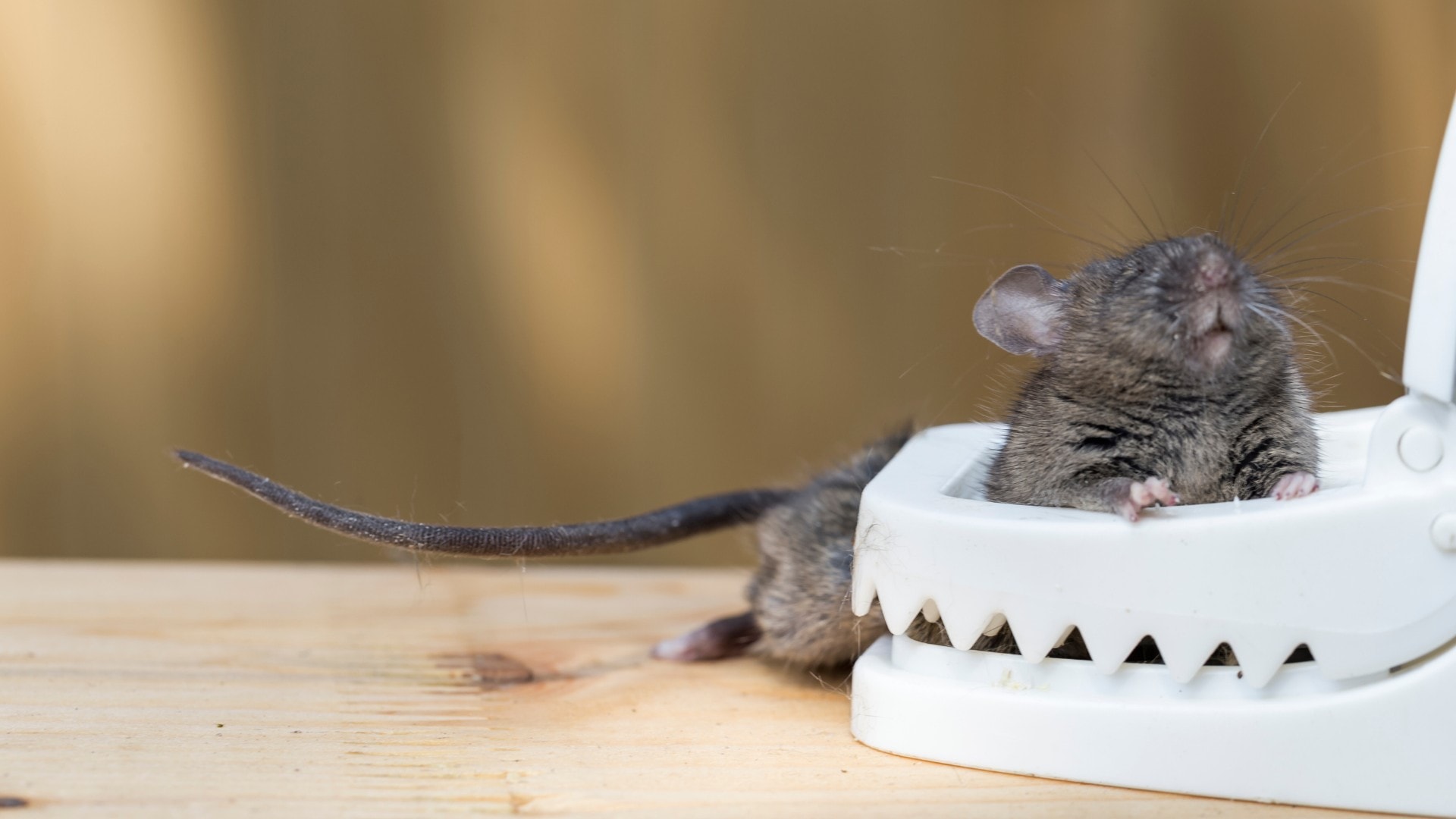
Physical and Mechanical Control Measures
Physical and mechanical controls are tangible interventions that directly reduce rodent populations. Snap traps are a classic example, offering a quick and effective way to capture rodents. When used correctly, snap traps can efficiently reduce numbers without the use of chemicals.
Tamper-resistant bait stations are another tool in the IPM arsenal. These rodent baits protect the lure from non-target animals and children while still allowing rodents to access it.
Place them strategically along rodent travel paths for maximum effectiveness. Regularly check and replenish bait stations as part of your management routine.
Rodent-proofing your property is a proactive step that can prevent infestations altogether. Seal cracks and openings in walls, floors, and foundations using materials like steel wool and caulk.
Install door sweeps and repair damaged screens to block entry points. By fortifying your space, you make it much harder for rodents to invade and establish themselves.
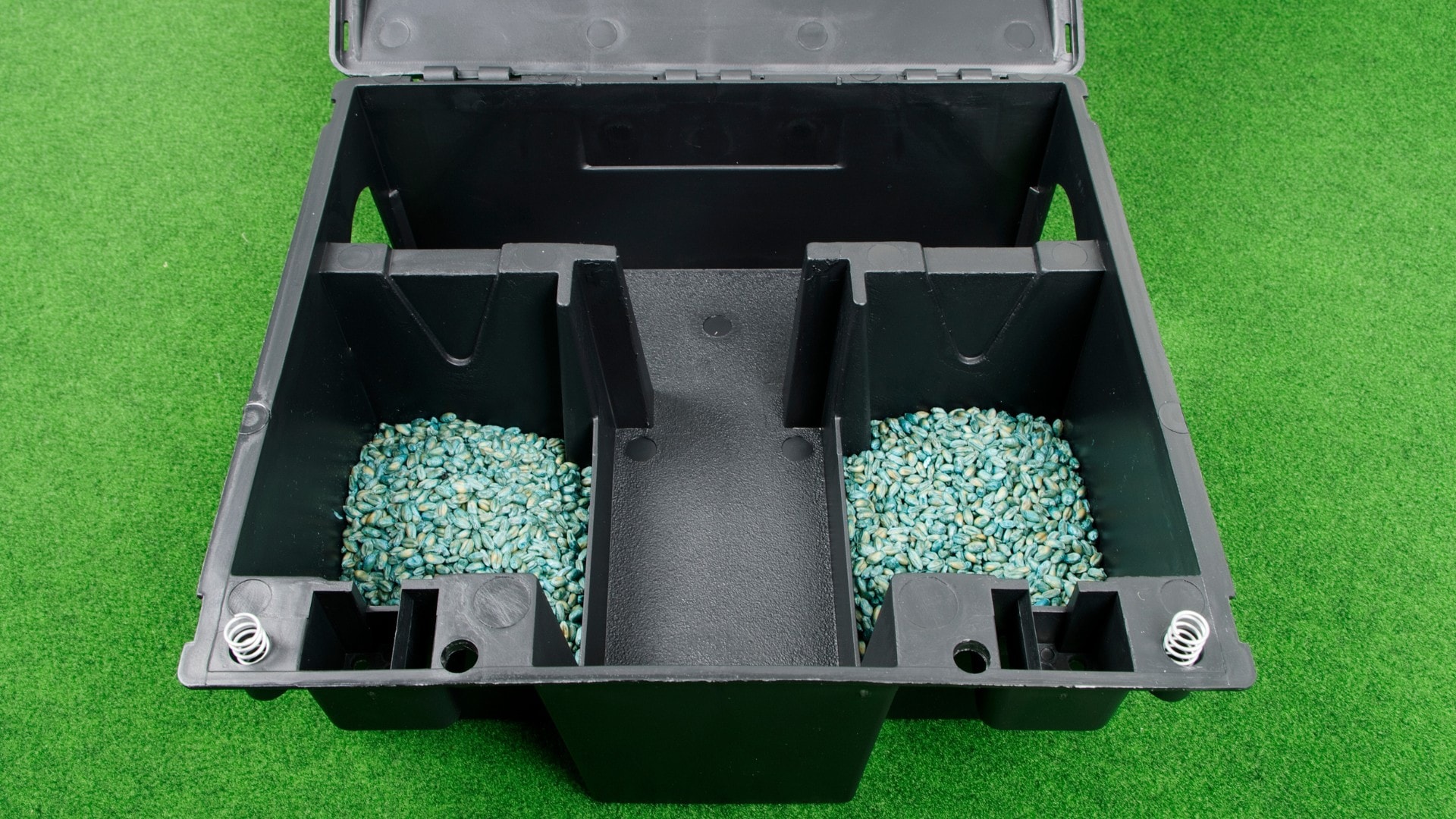
A rat bait station.
Chemical Control Measures
While IPM prioritizes non-chemical interventions, there are situations where chemical controls may be necessary. Rodenticides, or poison baits, offer a powerful solution but must be used judiciously. Always follow label directions and safety precautions to minimize risks to humans and non-target wildlife.
When using rodenticides, integration with other IPM methods is essential. Chemicals should be a tool of last resort, used in conjunction with sanitation and mechanical controls. This integrated approach to rodent control ensures that rodenticides are more effective and reduces the likelihood of rodents developing resistance.
Homeowners, property managers, and renters should consult with pest management professionals when considering chemical controls.
Professionals can provide guidance on selecting the appropriate rodenticide and applying it safely and effectively, ensuring that chemical controls complement rather than overshadow other IPM strategies.
Developing an IPM Plan for Rodent Control
Creating an IPM plan involves a systematic approach tailored to your specific situation. Begin by assessing your property for signs of infestation and identifying potential entry points. This initial evaluation for rodent activity sets the stage for targeted interventions.
Next, cultural controls should be implemented to eliminate food, water, and shelter. Follow up with physical and mechanical measures like traps and bait stations to directly reduce rodent numbers. If necessary, integrate chemical controls, ensuring they are used responsibly and in conjunction with other methods.
Regular monitoring and maintenance are critical components of a successful IPM plan. Keep records of interventions and results, adjusting your strategy as needed. By staying vigilant and proactive, you can maintain a rodent-free environment and enjoy peace of mind.
Closing Thoughts on Dealing with a Rodent Infestation
Integrated Pest Management offers a comprehensive and sustainable approach to rodent control. By understanding rodents, implementing cultural, physical, and chemical measures, and developing a tailored IPM plan, you can effectively manage and prevent infestations. This approach not only protects your home and property but also contributes to a healthier and more environmentally friendly community.
For homeowners, property managers, and renters, adopting IPM means taking responsibility for pest management in a way that prioritizes safety and efficacy.
The benefits of IPM extend beyond immediate pest control, fostering a culture of awareness and pest prevention that can enhance quality of life. Explore further resources and consider consulting with our pest management experts to optimize your rodent control efforts and ensure long-term success.




